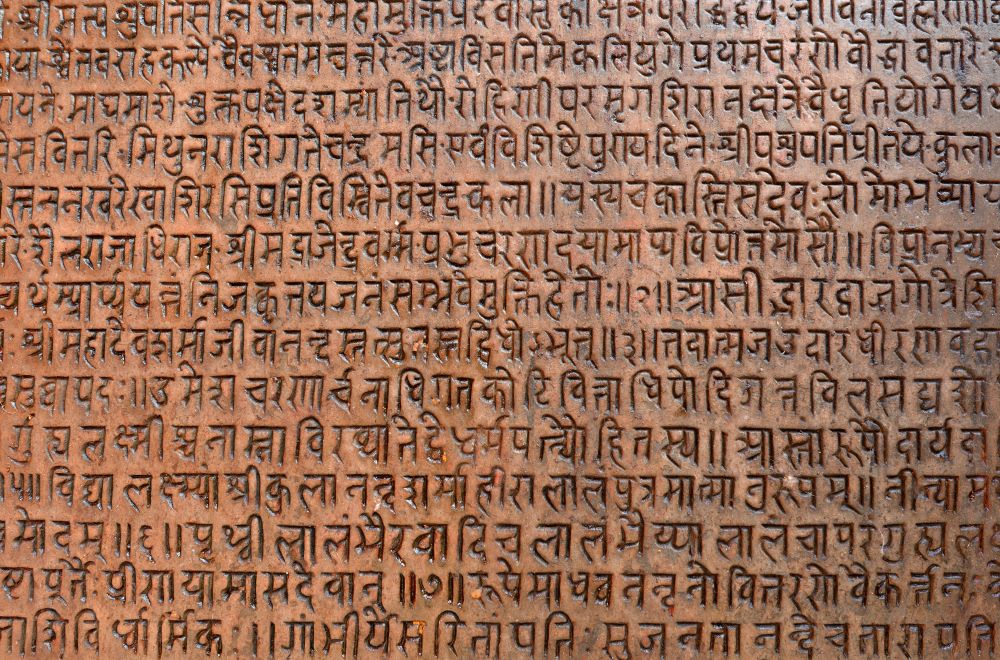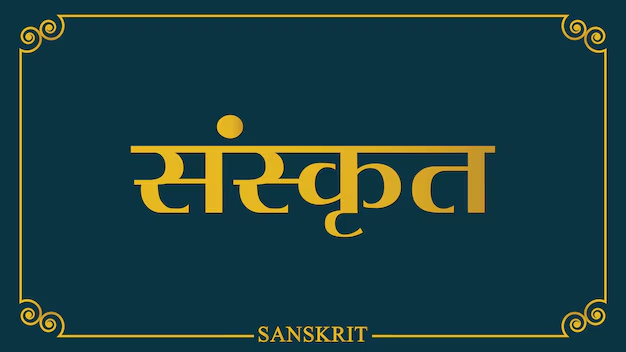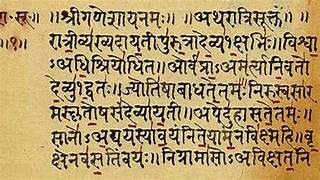Sanskrit (from the word saṃskṛta, meaning “adorned,” “refined,” or “purified”) is an ancient language belonging to the Old Indo-Aryan group. It’s most famously known as the language of the Vedas, the oldest sacred texts of Hinduism. These early texts were written in a form known as Vedic Sanskrit. While the Vedic texts reflect the regional speech patterns of the northern and eastern parts of the Indian subcontinent at that time, the oldest parts, especially the Rigveda (a collection of hymns), are believed to have originated around 1500 BCE in the northwestern region of India, an area historically known as the land of the seven rivers (sapta sindhavaḥ).






Sanskrit Language
Answer: No, Sanskrit is not dead. While it isn’t widely spoken in daily life, it is still actively studied, used in rituals, taught in schools/universities, and spoken in some villages like Mattur (Karnataka) and Jhiri (Madhya Pradesh).
Answer: Sanskrit offers:
A deep understanding of Indian culture, philosophy, and heritage
Opportunities in academia, yoga, research, linguistics, and computational AI
Strong foundations for learning other Indian and Indo-European languages
Answer:: Yes, especially with higher qualifications (like MA/PhD). University professors, researchers, and content creators often earn well. Also, online teaching and freelancing are growing fields.
Answer:A: Sanskrit has a structured and logical grammar, which makes it systematic, but it can be challenging at first due to:
Complex declensions and verb forms
Use of Sandhi (word joining rules)
Get Now
